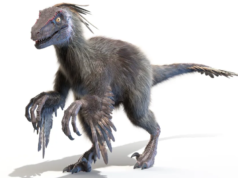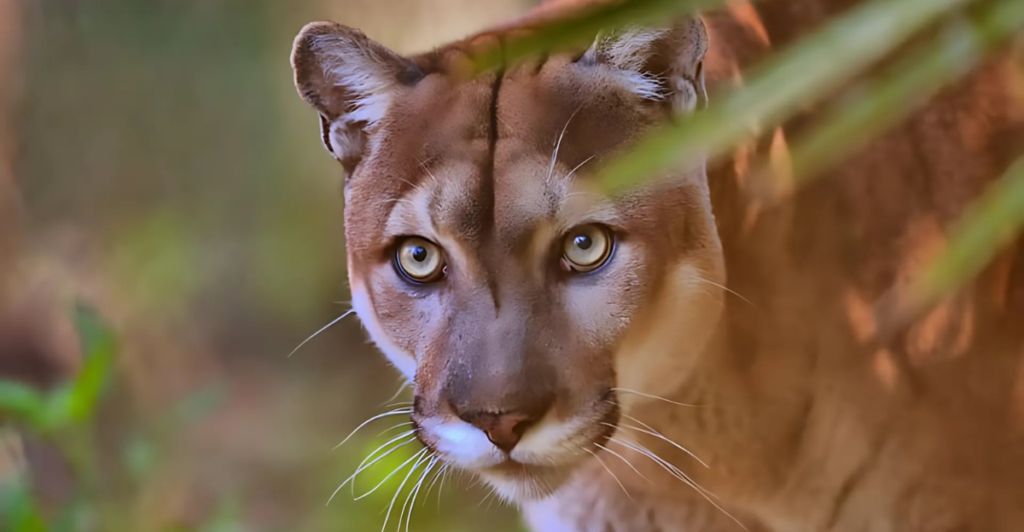
In recent years, the reintroduction of native predators has emerged as a pivotal strategy in combating invasive species and restoring ecological balance. By reinstating these keystone species, ecosystems can regain their natural equilibrium, leading to the suppression of invasive populations that threaten biodiversity. This article explores thirteen notable instances where reintroduced animals have successfully mitigated the impact of invasive species, highlighting the positive outcomes of such conservation efforts.
Eurasian Lynx And Wolf in Europe
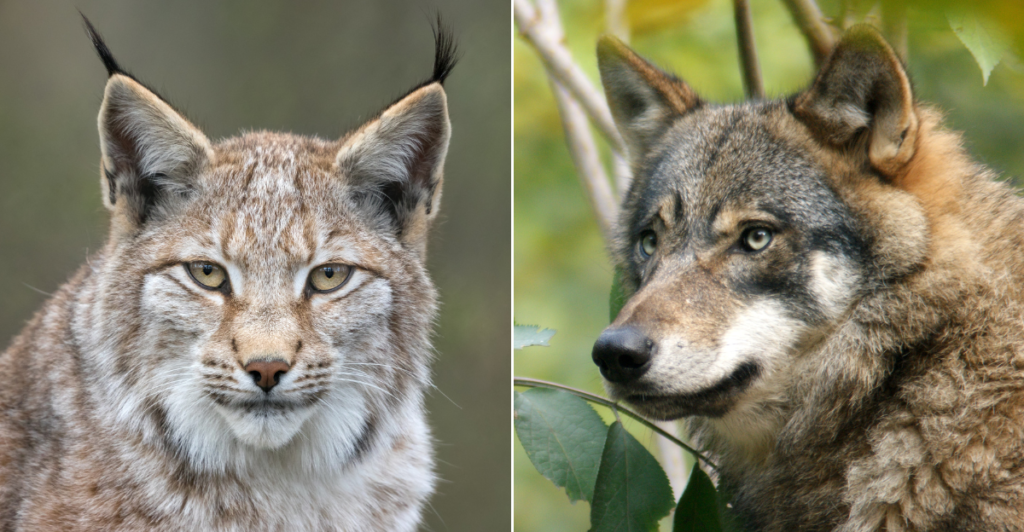
The Eurasian lynx (Lynx lynx), once extinct in many parts of Europe, has been reintroduced to countries including Switzerland, Slovenia, and Germany. These reintroductions have been instrumental in controlling overpopulated species such as roe deer, which, in excessive numbers, can impede forest regeneration. By preying on these herbivores, the lynx helps maintain a balanced ecosystem, promoting biodiversity and forest health.
The reintroduction of the Eurasian wolf (Canis lupus lupus) has played a significant role in managing invasive species across Europe. In regions like the Carpathians and the Alps, wolves have been reintroduced to control populations of invasive species such as the raccoon dog (Nyctereutes procyonoides), which poses a threat to native wildlife and ecosystems. By preying on these invasive species, wolves help restore ecological balance and support biodiversity.
Jaguar in North America
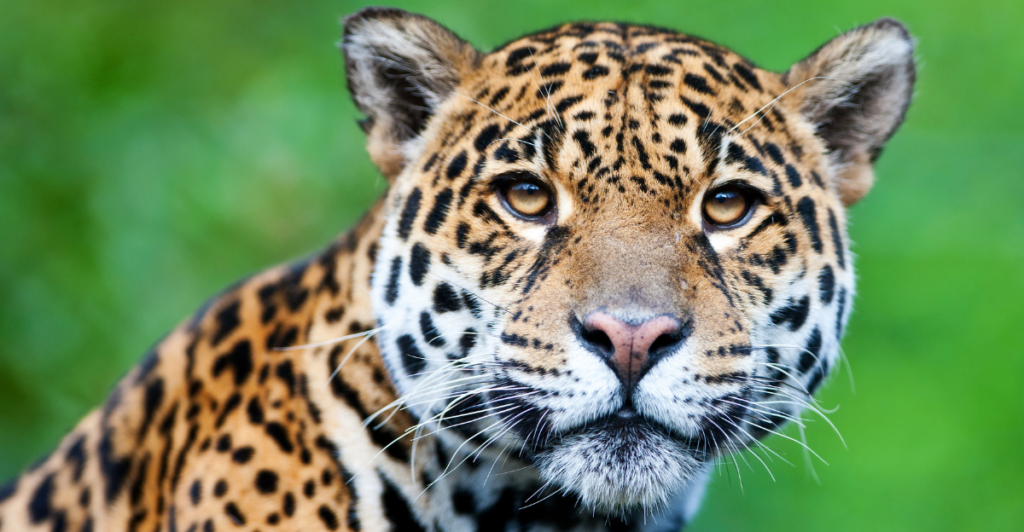
In North America, particularly in the southwestern United States, efforts are underway to reintroduce the jaguar (Panthera onca). Historically native to this region, the jaguar’s return is anticipated to help control invasive species such as feral hogs (Sus scrofa), which cause extensive ecological damage. By preying on these invasive animals, jaguars can aid in restoring the health of these ecosystems.
Pine Marten in the UK
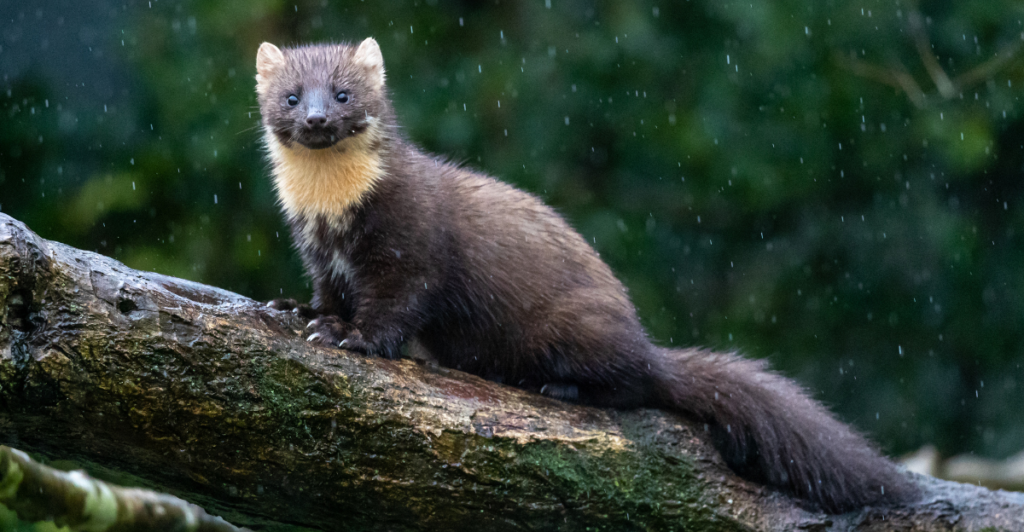
The pine marten (Martes martes), a native predator in the UK, has been reintroduced to areas like Wales and parts of England. This reintroduction has had a positive impact on controlling the invasive grey squirrel (Sciurus carolinensis) population. Pine martens preferentially prey on grey squirrels, which are less adept at escaping predation compared to the native red squirrels (Sciurus vulgaris). This predation pressure has led to a resurgence of red squirrel populations in these areas.
River Otter in North America
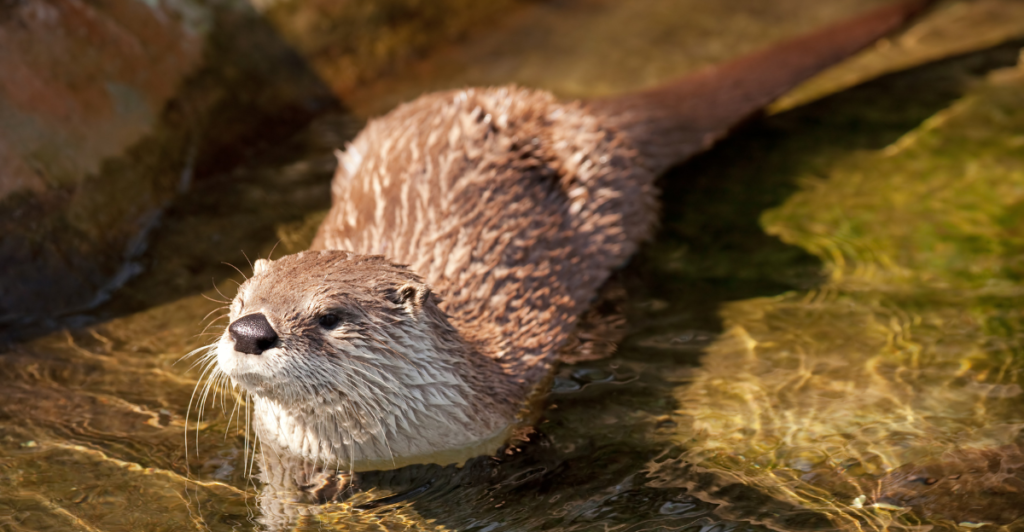
The North American river otter (Lontra canadensis) has been reintroduced in various parts of the United States to restore aquatic ecosystems. Their presence helps control invasive fish species that threaten native fish populations. By preying on these invasive species, river otters contribute to the health and diversity of aquatic habitats.
Tasmanian Devil and Dingo in Australia
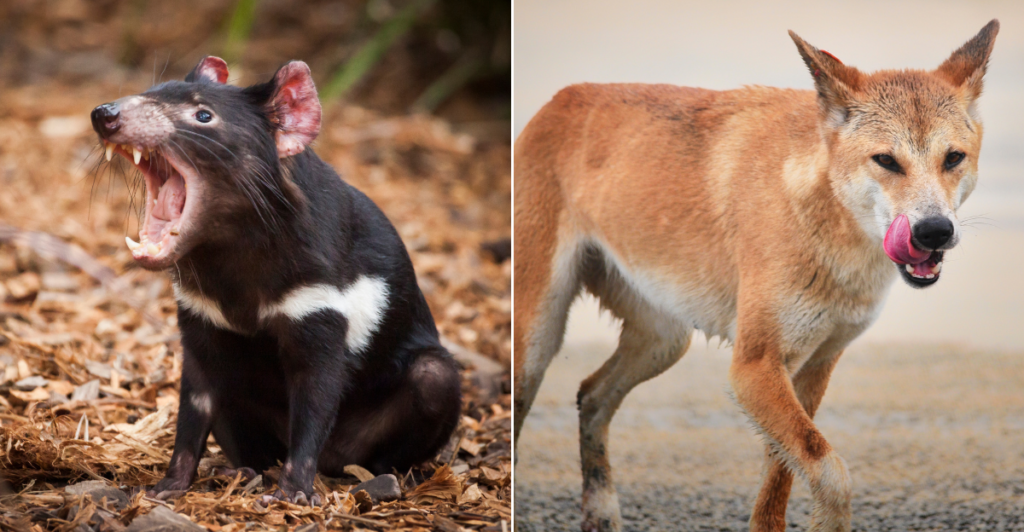
In Australia, the reintroduction of the Tasmanian devil (Sarcophilus harrisii) to mainland areas has been proposed as a strategy to control invasive species such as feral cats and foxes. These invasive predators have had devastating effects on native wildlife. Tasmanian devils, being scavengers and opportunistic predators, can help suppress these invasive populations, thereby protecting native species.
The dingo (Canis lupus dingo), Australia’s native wild dog, plays a crucial role in controlling invasive species like feral goats and rabbits. In areas where dingo populations are healthy, there is a notable reduction in these invasive species, leading to improved vegetation and soil health. This top-down predation helps maintain ecological balance in Australian ecosystems.
Sea Otter in North America

The reintroduction of sea otters (Enhydra lutris) along the Pacific coast of North America has been beneficial in controlling populations of invasive sea urchins. Sea otters feed on sea urchins, preventing them from overgrazing kelp forests, which are vital marine habitats. This predation helps maintain the health and biodiversity of coastal ecosystems.
Red Kite in the UK
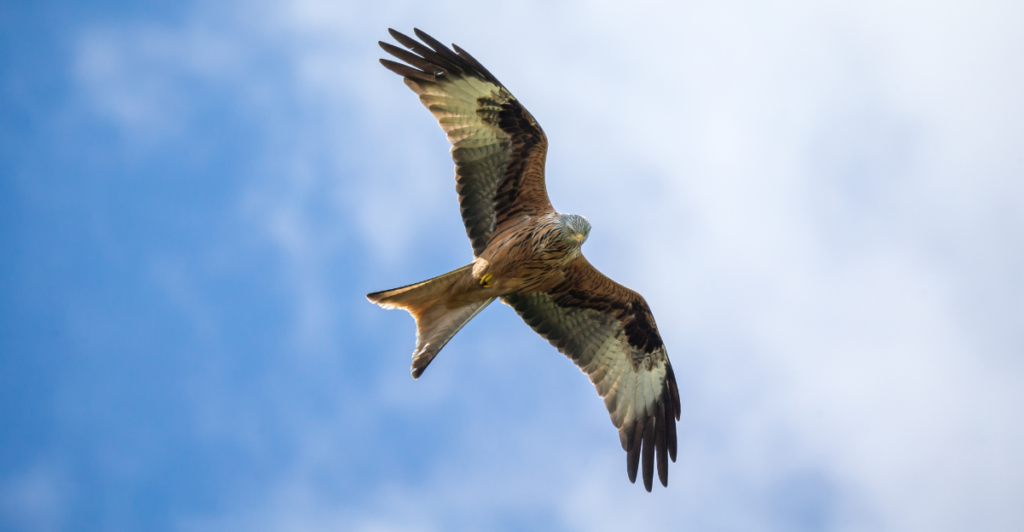
The red kite (Milvus milvus), a bird of prey, has been successfully reintroduced in parts of the UK. While primarily scavengers, red kites also prey on small mammals, including invasive species like the brown rat (Rattus norvegicus). Their presence contributes to controlling these populations, aiding in the balance of local ecosystems.
Bald Eagle in North America

The bald eagle (Haliaeetus leucocephalus), once endangered, has been reintroduced and its populations have recovered across North America. As apex predators, they help control populations of invasive fish species, such as the common carp (Cyprinus carpio), by preying on them. This predation supports the health of aquatic ecosystems.
Gray Wolf in Yellowstone National Park
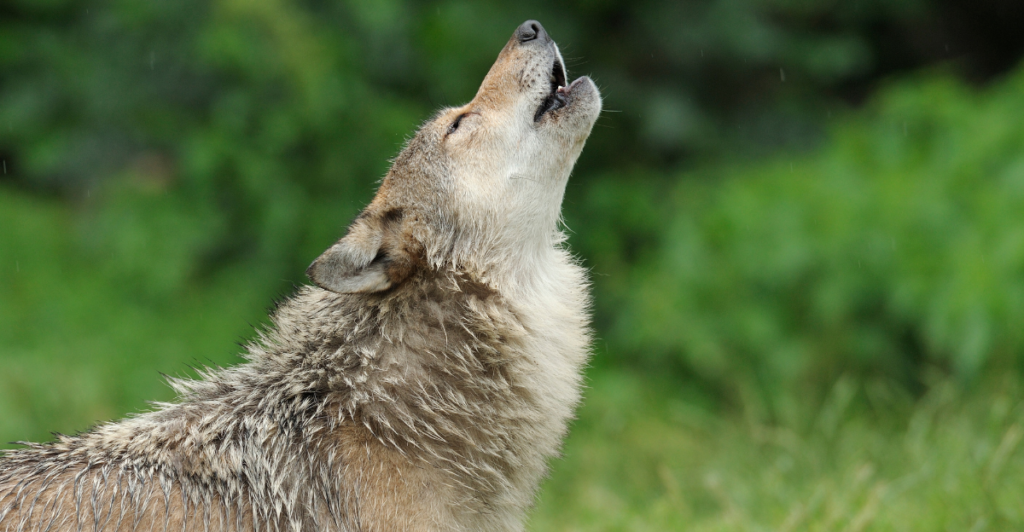
The reintroduction of the gray wolf (Canis lupus) to Yellowstone National Park in the 1990s has had profound ecological impacts. Wolves have controlled overpopulated elk (Cervus canadensis) herds, allowing vegetation to recover. This trophic cascade has benefited numerous species and restored ecological balance in the park.
Fisher in North America

The fisher (Pekania pennanti), a carnivorous mammal native to North American forests, has been reintroduced in various regions to control invasive porcupine (Erethizon dorsatum) populations. By preying on porcupines, fishers help reduce tree damage caused by these herbivores, promoting forest health and regeneration.
Harpy Eagle in Central America
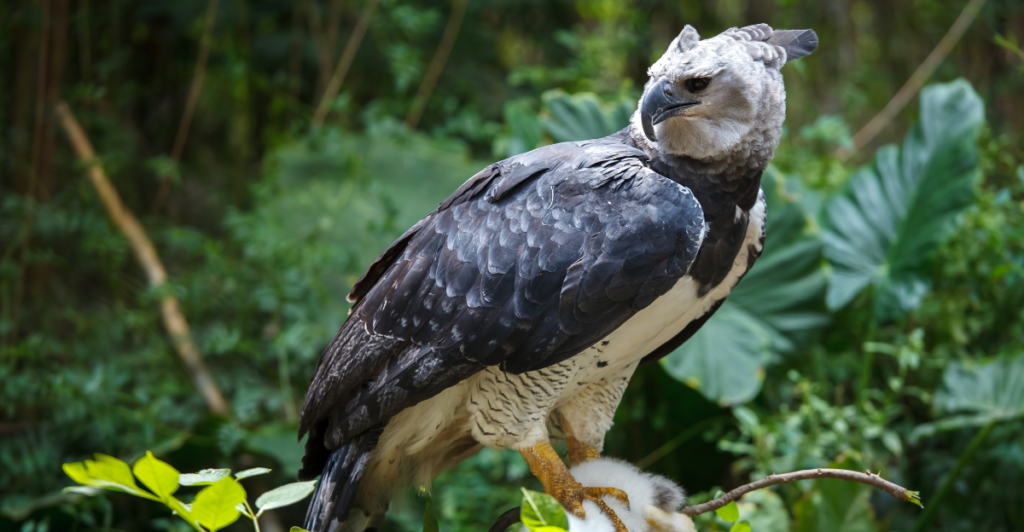
The harpy eagle (Harpia harpyja), reintroduced in parts of Central America, preys on medium-sized mammals, including invasive species like the brown-throated sloth (Bradypus variegatus). Their predation helps control these populations, supporting the
The reintroduction of native predators as a strategy to combat invasive species is gaining traction globally. By restoring these keystone species, ecosystems can regain their natural balance, leading to healthier environments and increased biodiversity. However, it is essential to approach reintroduction efforts with careful planning, scientific research, and community involvement to ensure their success and sustainability.
A Full Future

The revival of native predators such as the Eurasian lynx, Eurasian wolf, jaguar, pine marten, and river otter plays a crucial role in controlling invasive species and restoring ecological balance. These efforts not only mitigate the negative impacts of invasive species but also contribute to the overall health and resilience of ecosystems. Continued support for and investment in such conservation initiatives are vital for preserving biodiversity and ensuring the sustainability of our natural world.
Discover more of our trending stories and follow us to keep them appearing in your feed.

Meet the Massive Crocodiles That Make Their Homes 40 Feet Underground
12 Rare Animals Only Zoologists Have Ever Heard Of
10 Distinct and Rare Animals That Stand Out in a Crowd
10 American Islands Where Rare Animals Thrive in Isolation
Stay connected with us for more stories like this! Follow us to get the latest updates or hit the Follow button at the top of this article, and let us know what you think by leaving your feedback below. We’d love to hear from you!



